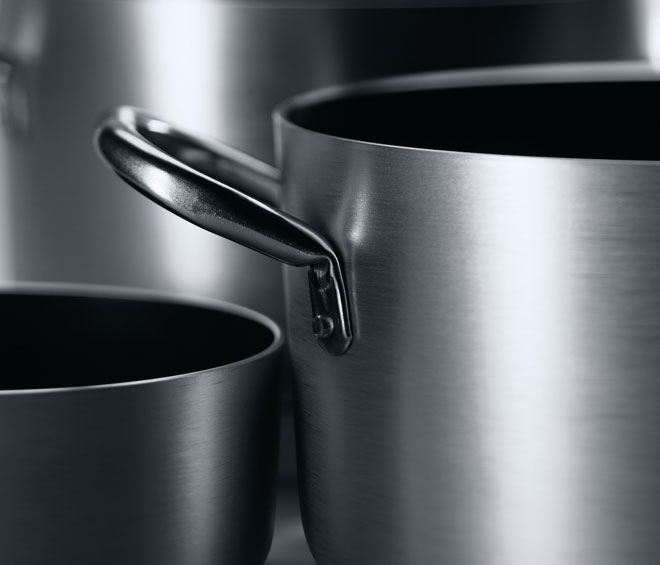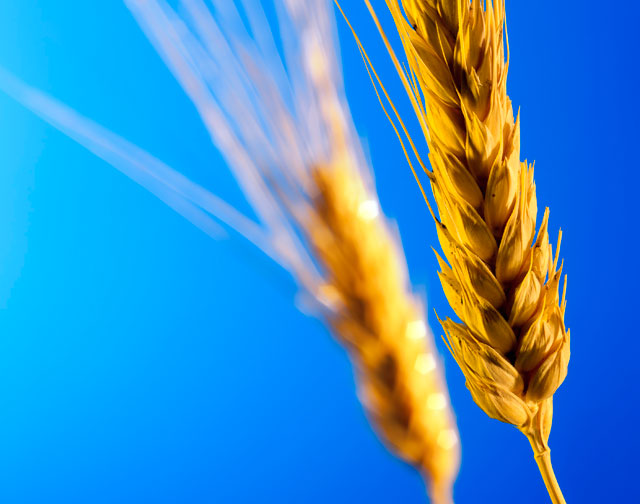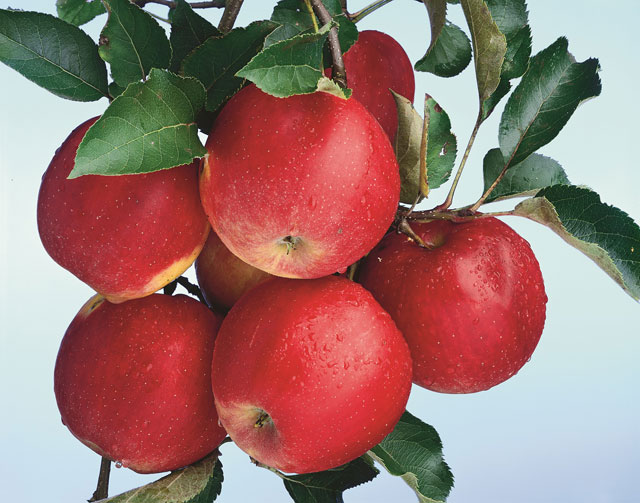
Christopher Williams. Best.Nr.: 68011, Best.Nr.: 28856, Best.Nr.: 28856 (detail). Brushed aluminium – dishwasher safe sauce pan and stew pot. Studio Rhein Verlag, Düsseldorf. 26 January 2017. Courtesy the artist, Galerie Gisela Capitain, Cologne and David Zwirner, New York / London / Hong Kong. © the artist.
Kestner Gesellschaft, Hanover
4 May – 29 July 2018
by KRISTIAN VISTRUP MADSEN
“Is this the exhibition?” I overhear a visitor to the Kestner Gesellschaft ask, as we walk through the two downstairs galleries. Cutting through the first room is a large, bare movable wall of the type normally used in temporary art displays. Although here, bruised and battered, its corners chipped, and its height inadequate for the room, it functions not as infrastructure but as an obstacle – as a thing itself. In the next room, the vocabulary of the wall is elaborated: four further mobile walls, monumental sculptures in a row, hollow and massive like dinosaur skeletons, are grave and silent remnants of the past.

Christopher Williams. Model-Nr.: 1740, Rotznasen - Kinder Model Agentur Liesegangstr. 7A
40211 Düsseldorf. Studio Rhein Verlag, Düsseldorf, January 28, 2016, 2016. Inkjet print, 50.8 x 50.8 cm paper. Courtesy the artist, Galerie Gisela Capitain, Cologne and David Zwirner, New York / London / Hong Kong. © the artist.
“It was an exhibition,” is the answer to my fellow exhibition-goer’s question. The walls, we read, are replicas of those used in a show at the Bonner Kunstverein in 2009, curated by Christina Végh, who is now director of the Kestner Gesellschaft. Williams’s Normative Models uses its own previous iteration as a model for its current form. The walls-as-sculptures read like echoes of the conceptual art, minimalism and institutional critique of the 1970s, to which the work of the so-called “pictures generation” was a response. The artists of this generation – such as John Baldessari, Cindy Sherman and Richard Prince – so influential during Williams’s education in the latter half of that decade, returned to the referential image to simultaneously stress its significance and inflate it. Sherman’s film stills and Prince’s cowboys showed photography as flat, and whatever reality it indexed as fundamentally fugitive. After conceptual art, is all art conceptual? Are all images about images?

Christopher Williams. Δd = df - dn (Harvest Season). Studio Rhein Verlag, Düsseldorf, December 17, 2016, 2017. Inkjet print, 68.6 x 85.7 cm paper. Courtesy the artist, Galerie Gisela Capitain, Cologne and David Zwirner, New York / London / Hong Kong. © the artist.
Upstairs, we have become used to the walls; we speak their language of oversized yet empty presence. And as adjectives invigorate nouns, photographs now activate the thus-far dormant utility of another four of the dog-eared blocks. Two pictures, one of apples and one of steel pots, like those found in an Ikea catalogue or on supermarket signposting, are saturated to an almost fetishistic intensity, but stop just short of meaning in a breathtaking encounter with objectivity and pictorial precision. A little girl caught in a fantastic grin, the title of the photograph reveals, is “No 1740” of a children’s modelling agency in Düsseldorf. The image of an idea, a normative model – of childhood, of happiness? – she is no different from the apples and the pots, even the walls: a clear vessel; scaffolding waiting for content. In the adjacent room is a picture of two wheat straws on a surreally blue background, half-obscured by another of the mobile walls. You die a little bit looking at it – a bright tear across a sheet of clingfilm, it’s so perfect: so perfectly empty. Yet there’s so much to see.

Christopher Williams. Bergische Bauernscheune, Junkersholz
Leichlingen, September 29, 2009, 2010. Archival pigment print, 50.8 x 61 cm paper. Courtesy the artist, Galerie Gisela Capitain, Cologne and David Zwirner, New York / London / Hong Kong. © the artist.
A couple of vitrines lining the space offer some discourse. Inside one is an open letter, authored by Williams, to a journalist on a Hanover newspaper, putting some words to the exhibition. Williams describes the “loss or change of meaning” incurred when conforming to already established templates, but how doing so also allows you to “occupy the field more efficiently, more economically”. Such templates, in this context so self-consciously staged by Williams – really, an exhibition inside an exhibition – extend from the journalistic formats implied in the letter to include the display itself, as well as the images within it. What follows is a citation, the source not listed, regarding US military strategy in Vietnam. “For us Vietnam is a model”, it says, for “how to crush an enemy anywhere who is militarily weak but politically superior.” First, you bomb industrial targets, then you go for civilian infrastructures, schools, hospitals, then you take the villages. This war also followed a normative model, the argument seems to go, and was also an instigator of loss – not so much of meaning, however, as of life.

Christopher Williams. Untitled. Studio Rhein Verlag, Düsseldorf
February 29, 2016. Inkjet print, 61 x 50.8 cm paper 97.3 x 85.1 cm framed Courtesy the artist, Galerie Gisela Capitain, Cologne and David Zwirner, New York / London / Hong Kong. © the artist.
If the photographs purported a kind of emptiness – full of facts, but somehow evasive in signification – the display of Williams’s open letter proves that they are not, in fact. The conjuring of the bombing of Vietnam is jarring, irreconcilable, even, with the images. How can something that doesn’t signify conflict with something else? It can’t. Some things are graver than others, after all. The photographs shake their heads: no, this comparison doesn’t fit. In the titles of the works – long commercial descriptions of the thing depicted – words are yet another element, along with colour, detail and light, that is presented in an abundance that cancels itself out. The reference to Vietnam is the one thing in the exhibition that doesn’t; these signifiers refuse to detach themselves.
The inclusion of the letter is a kind of crack in the windshield of Williams’s otherwise impeccably smooth display. And although its presence continues to feel somewhat too grating, it is perhaps a necessary measure of realism in what was too beautiful a thesis. As if it were possible to de-develop a photograph; to return to the darkroom and watch it fade to white. A photograph will do that, if left in the sun for long enough, or if you see this exhibition from the top down: pictures first changing – wheat straws for apples, a rooster for a child – then leaving the walls empty, first three walls, then one; the last actor on the stage. Here was an exhibition.